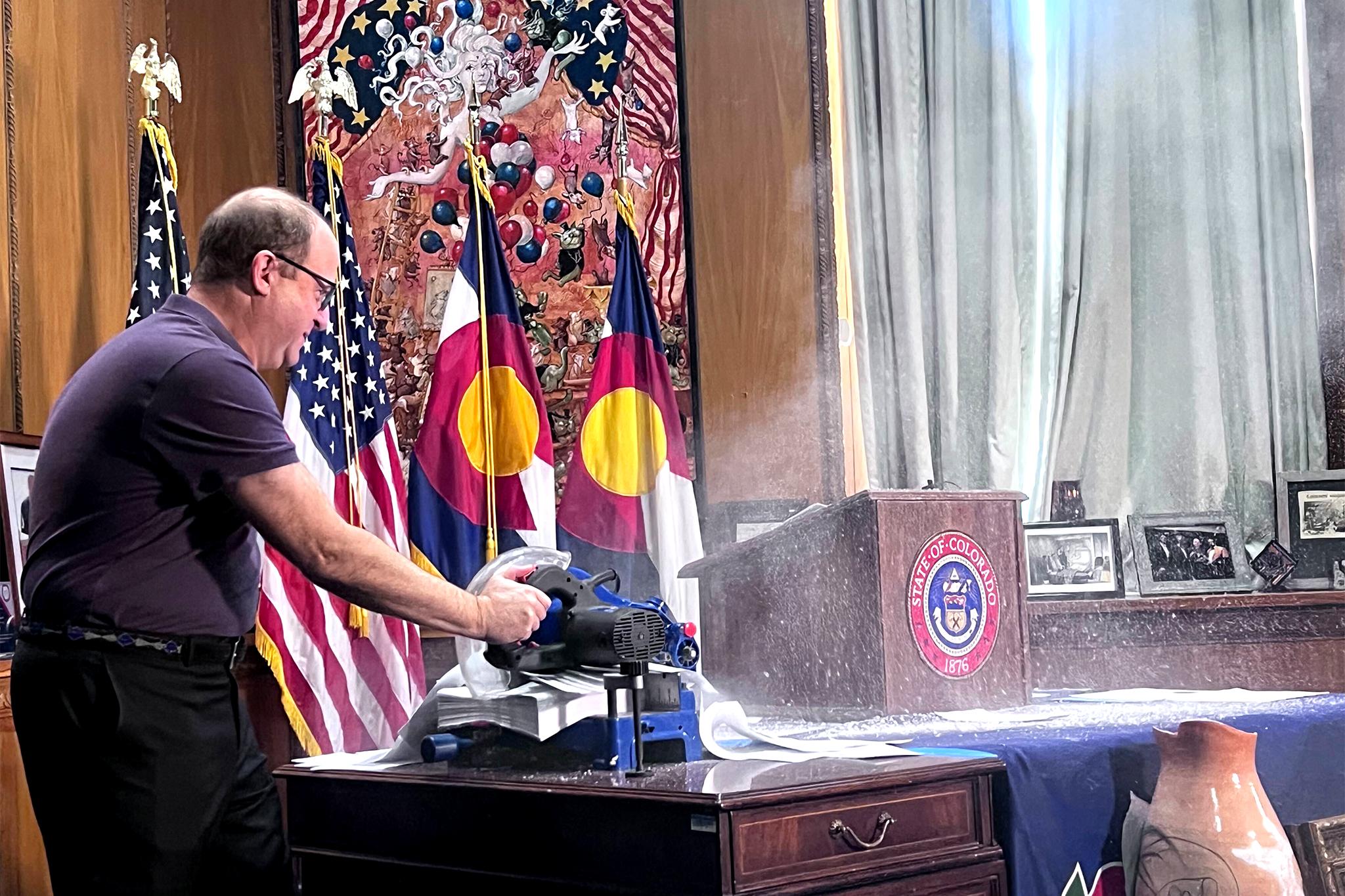
This week on Looking Up Hal points out two planets and a star hanging relatively close together in the early December night sky.
If you take a look to the west after dark, you will likely notice the bright red planet Mars gleaming in the Colorado night sky. But on either side of Mars you can see, two other cool things, although you’ll need a telescope to see one of them.
Just to the west of the rusty planet Mars, a telescope will reveal the wonderous sight of one of my all time favorites, the planet Neptune. When you look at Neptune through a telescope, you see a tiny blue dot, about the size of a period at the end of a sentence. But it’s definitely a blue disk, not a dot like a star. While Mars may seem a long way away, at roughly 48 million miles, the tiny dot of Neptune is much farther away, at over 2.7 billion miles. But both of those pale when compared to the last member of this line up in the sky, the star Hydor, just below Mars.

Hydor doesn’t look that impressive, but it’s actually a pretty neat star. It’s 2200 times brighter than our Sun and is over 100 times bigger across. But at a distance of 390 ly away, it just looks like a regular old star. But don’t be fooled, this celestial line up is worth a look.
If you’d like to take a closer look Neptune, Mars, Hydor, or any of the other wonderful and amazing things in the sky, please visit csastro.org for a link to information on our monthly meetings and our free public star parties.







